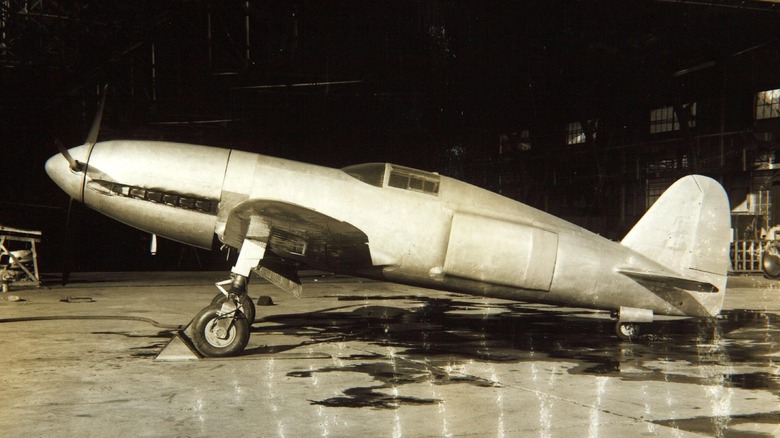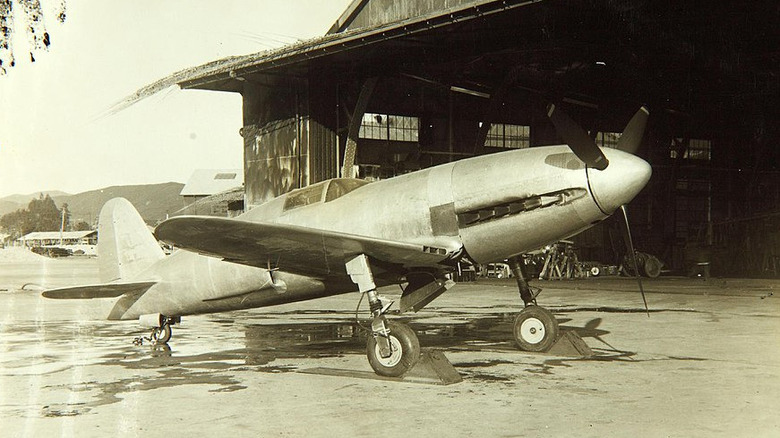Kawasaki Ki-78: The Japanese Experimental Aircraft That Tried To Set A World Record
In early 1938, the Aeronautical Research Institute of the University of Tokyo started a research program to investigate flying characteristics at high speeds. While the primary intent of this endeavor was to level the playing field in aviation technology between Japan and the West, a side goal was set to break the "World Record for Speed Over a 3 Kilometer Course" in the process of gathering data.
The design that the Aeronautical Research Institute came up with was a compact single-seat aircraft called the Kensan III (loosely translated to Research III). Kawasaki Aircraft Industries, a subsidiary of industrial giant and eventual motorcycle manufacturer Kawasaki Heavy Industries, was selected to build the aircraft.
The plane was to be constructed entirely of metal with a wind-cheating laminar flow wing, which was the principal focus of the research. Propulsion came from an unlikely source: Germany's Daimler-Benz, which licensed its DB 601A engine to be built in Japan. The DB 601A was a 12-cylinder monster that pumped out 1,085 horsepower, with nearly 500 additional horsepower available in short bursts from a methanol/water injection setup.
[Featured image by San Diego Air & Space Museum via Wikimedia Commons | Cropped and scaled | No known copyright restrictions]
The project was taken over by the Japanese Army
A full-size wooden model of the airplane was completed in 1941, but that was as far as the university got with the project. With World War II breaking out, the project was commandeered by the Imperial Japanese Army, which saw the Kensan III as a potentially valuable asset to warfare. Now renamed the Ki-78, the Japanese Army ordered two prototypes from Kawasaki, the first of which was completed in December 1942.
Unfortunately, the Ki-78's first test flight was underwhelming. The prototype plane was heavier than projected during the design phase and pilots found it difficult to control at low speeds. Some minor tweaks were made to improve the Ki-78's airworthiness and speed testing began in earnest in April 1943. The aircraft's fastest speed of 435 mph was achieved in December 1943, but that figure was well short of the program's goal of 535 mph. Less than one month later, the entire program was scrapped after 32 total test flights. Needless to say, the second prototype was never completed.
The lone Ki-78 did survive WWII in storage, albeit with some of its parts missing, perhaps stripped for the war effort. But in 1945, it was unceremoniously crushed by an American M7 tank, along with Japanese fighter planes, at a former aircraft factory in the city of Gifu.
[Featured image by San Diego Air & Space Museum via Wikimedia Commons | Cropped and scaled | No known copyright restrictions]

